Zen 5 CPU Microarchitecture
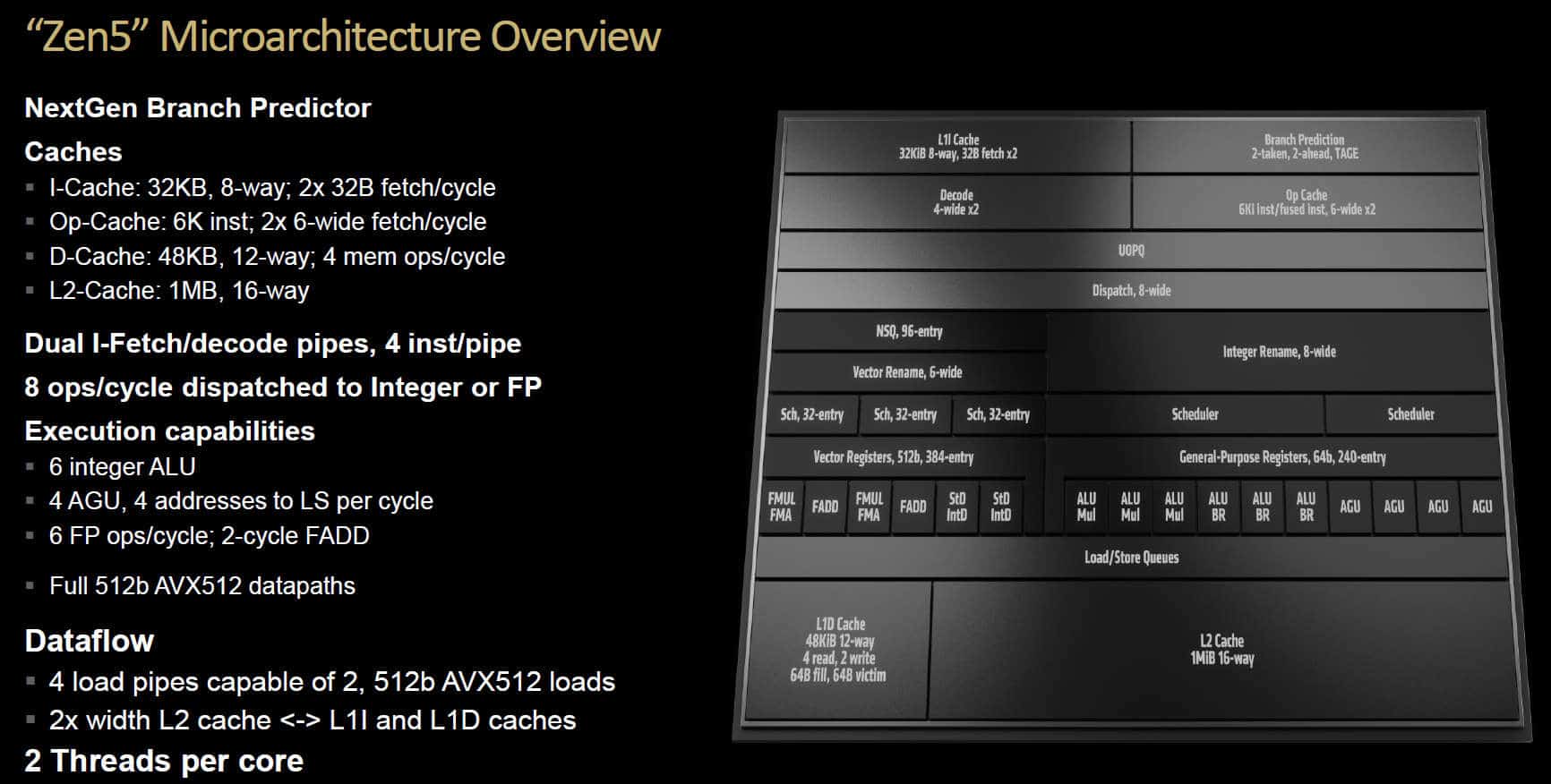
The AMD Ryzen™ 9000 Series contains a small RDNA 2-based graphics engine in every IO Die, on the same I/O dies used in the Ryzen 7000 series desktop processors. The purpose of this graphics engine is threefold:
- It significantly extends the applicability of AMD’s fastest and most computationally robust processors into the commercial, CAD, CAM, and business space. These markets often do not use discrete graphics solutions but tend towards powerful processors. AMD can now extend its performance in these markets beyond APU products.
- It will aid enthusiast users with troubleshooting should they have issues with their discrete graphics solution. Display outputs from the motherboard will allow users to continue using their PC, even in the event of a failing or suspect graphics card.
- The integrated graphics solution has hardware encode/decode capabilities. These faculties can remain active, even in the presence of a discrete graphics device.
I agree entirely with AMD’s intent to leverage the smaller 6nm node size to integrate graphics capabilities into its processors. An iGPU can always come in handy.
AMD “Granite Ridge” SOC
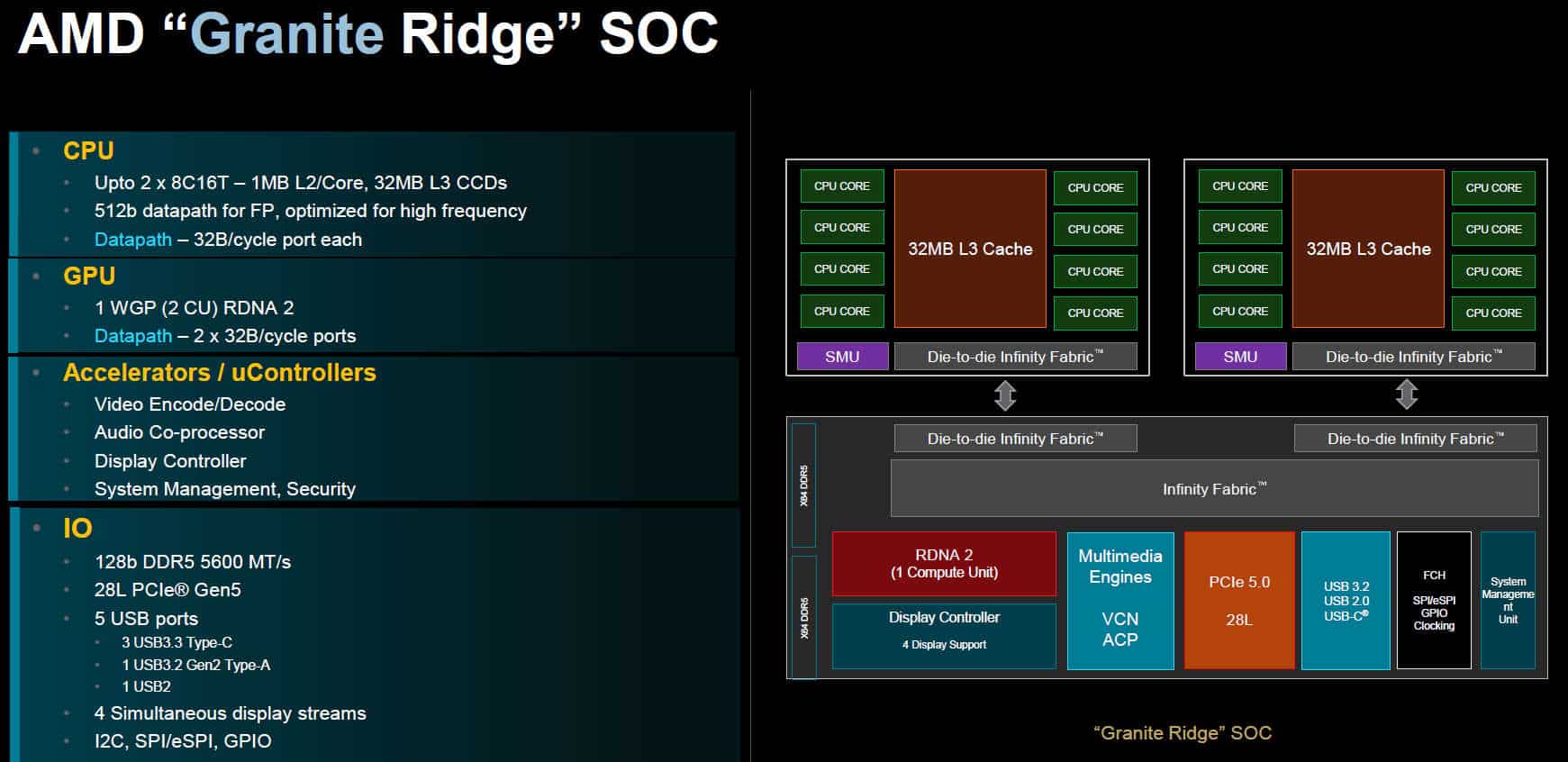
Zen5 vs Zen4
Power & Thermals
AMD tried to improve the performance of the Ryzen 9000 series processors without increasing their power consumption, which affects the operating temperatures. According to AMD, the Ryzen 9 9000 series processors will become power-limited when appropriate cooling solutions are used. Cooling solutions better than those documented by AMD will have ample power headroom for overclocking. This means the better the cooling, the more power the CPUs will be able to get, hence the higher their clocks will be.
Like the Ryzen 9 models, the lower-end ones will benefit from strong cooling solutions. Lastly, AMD emphasizes that TJMax is the maximum safe operating temperature – not the absolute maximum temperature. In the Ryzen 9000 Series, the processor is designed to run at TJMax 24/7 without risk of damage or deterioration. At 95 degrees, it still operates within specifications.
AMD ECO Mode
AMD Eco Mode allows users to configure their processor to adhere to a lower TDP. For example, a 105W TDP chip moves to 65W TDP, or a 170W TDP chip moves to 105W TDP. AMD Ryzen Master and/or the BIOS will make the appropriate socket current and power adjustments to restrict power consumption as though the chip were natively designed at the new TDP.
AMD is transitioning ECO mode for the 9000 series into the motherboard BIOS CBS options. As this becomes standardized, motherboards may have varied support, which may be found in the overclocking section. AMD expects every compatible motherboard to support Eco mode.
IOD and Infinity Fabric Changes
The Ryzen 9000 I/O Die is manufactured in 6nm lithography, and one design is used for all Ryzen 9000 Series processors.
Features include:
- Active power management architecture and firmware derived from the Ryzen 6000 Series mobile processor.
- DDR5 supports up to 5200 MT/s (Megatransfers per Second) JEDEC
- USB SuperSpeed 10 Gbps with Type-C connectors
- Native USB BIOS flashback
- Infinity Fabric (FCLK), Memory Controller (UCLK), and DRAM Frequency (MCLK) ratios
- Integrated RDNA 2 graphics

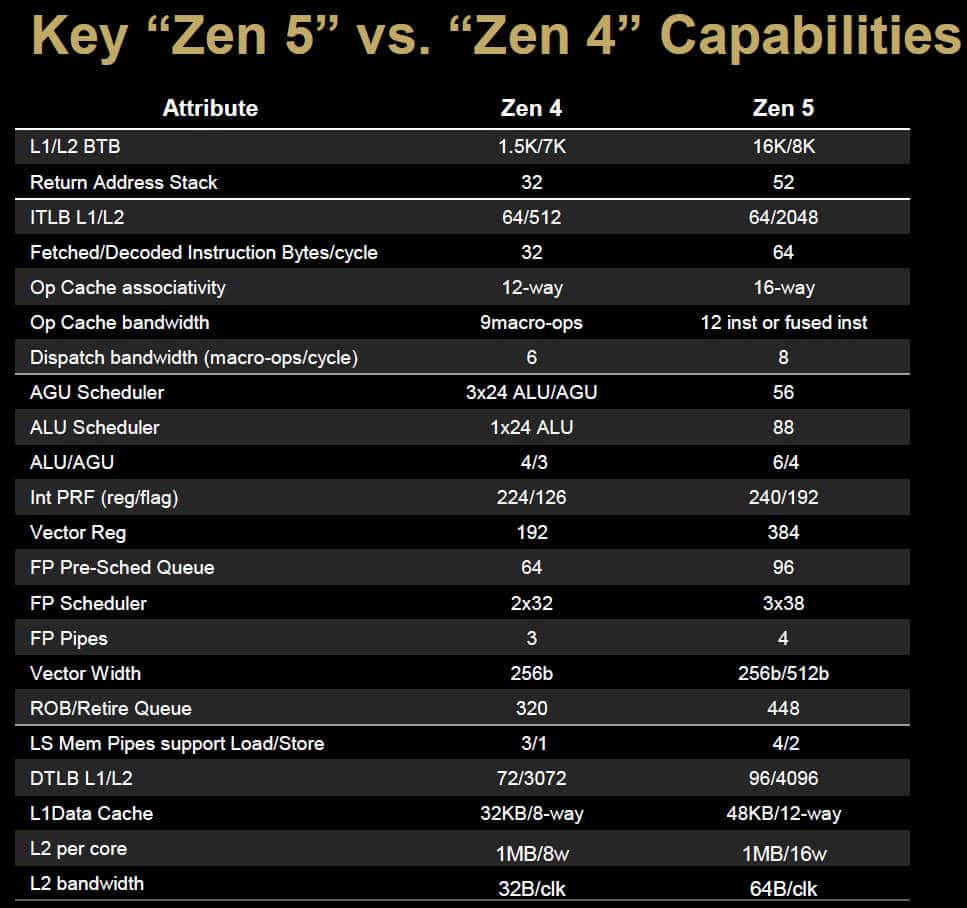
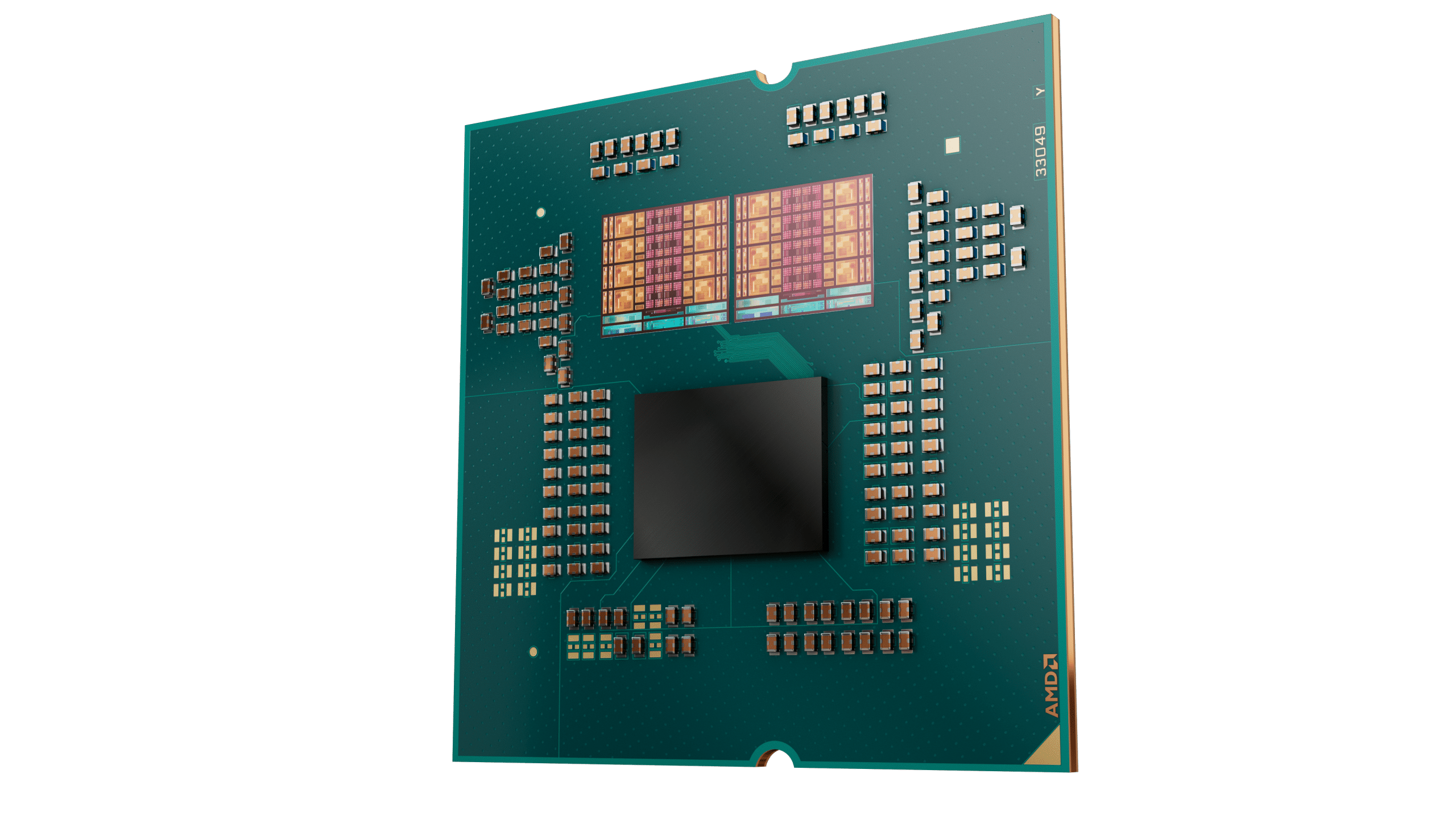
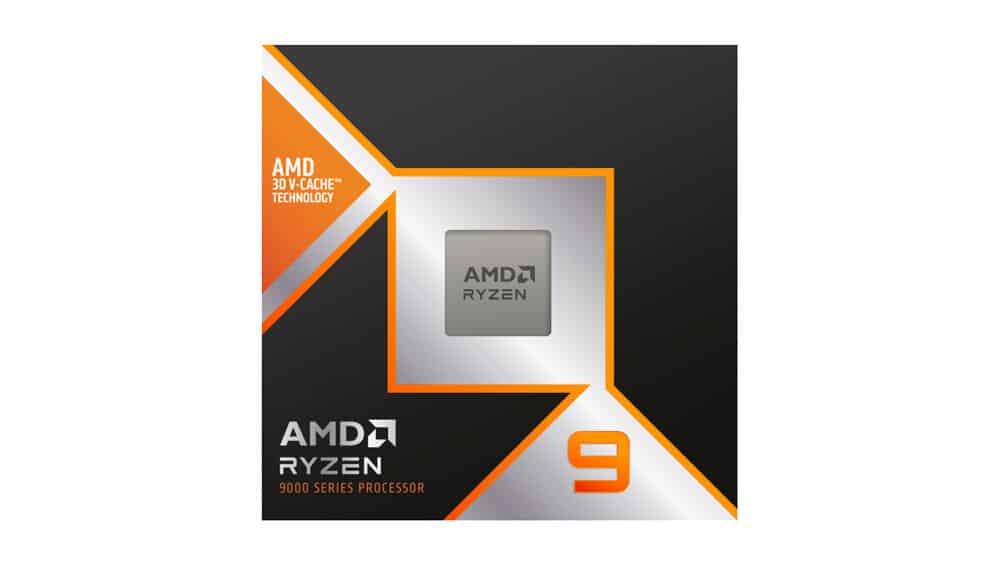
Is the Noctua NH-D15 G2, with good ventilation, enough for the full potential of the AMD Ryzen 9 9950X?